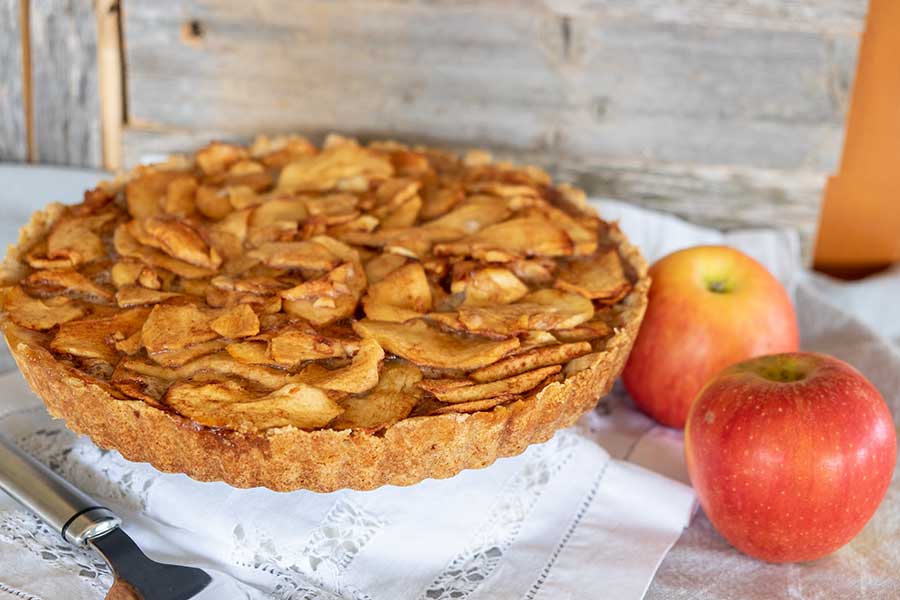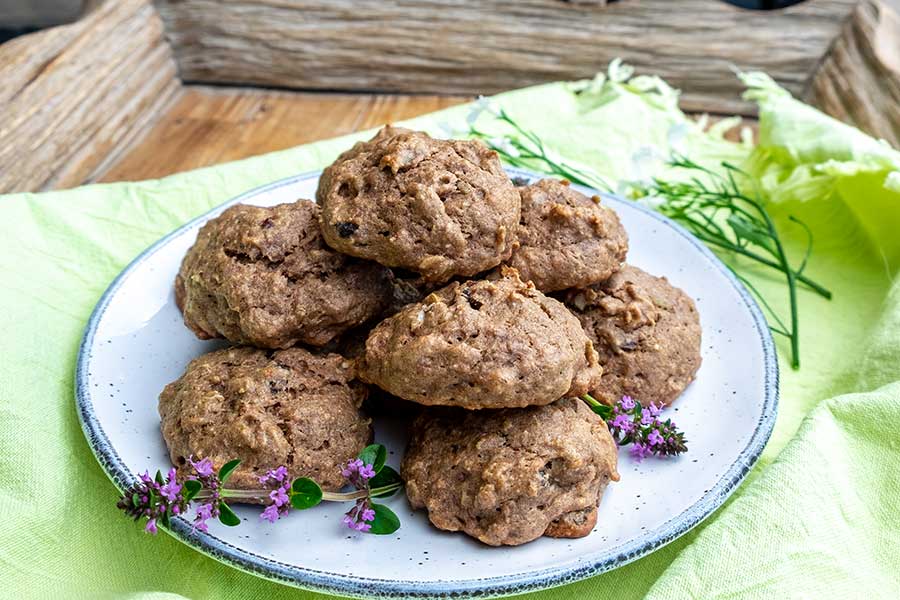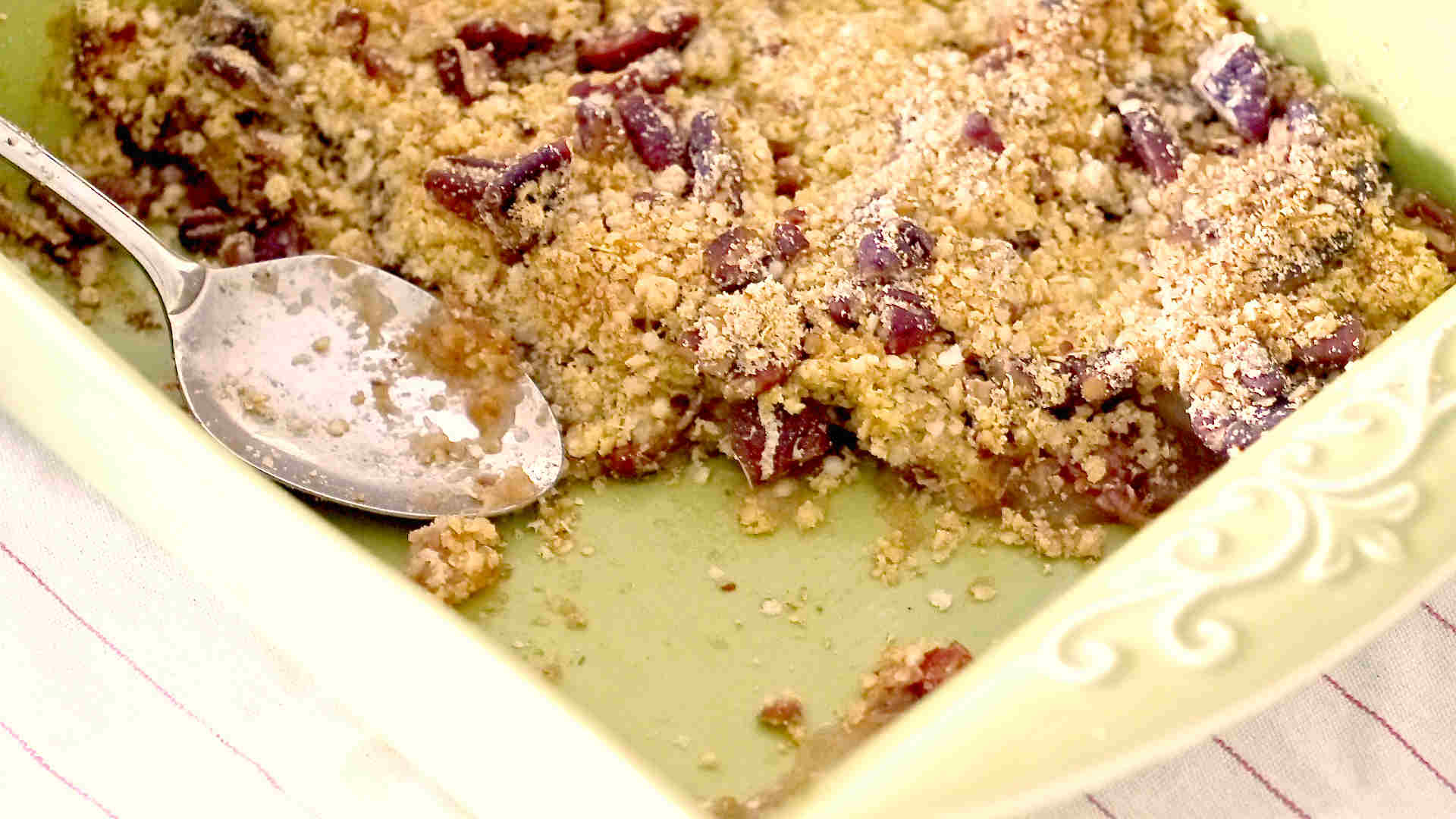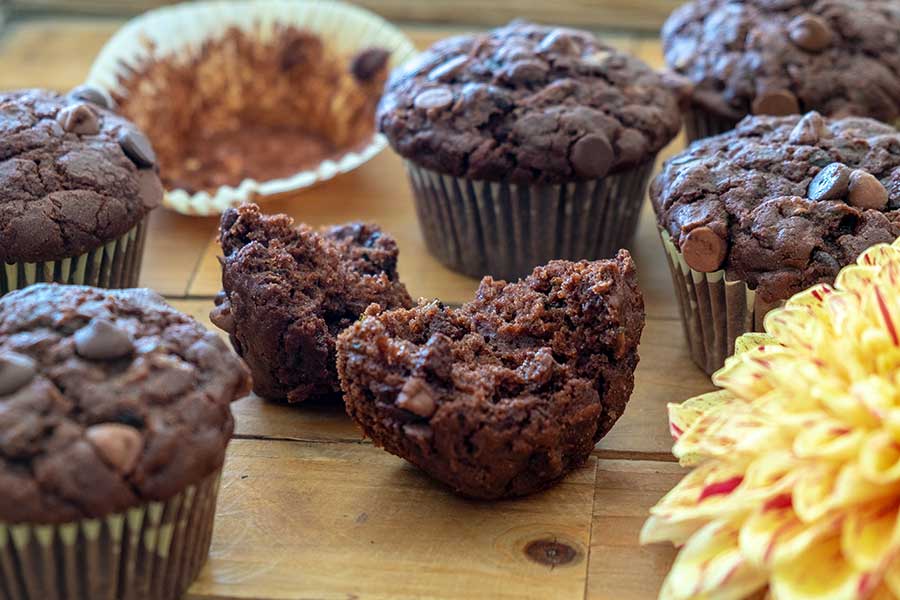10 Gluten-Free Grains That Can Be Substituted For Wheat
By guest contributor John O. Brooks
Gluten is a family of proteins, gliadin and glutenin are the two main gluten proteins. It is found in several types of grains such as wheat, barley or rye. It creates a chewy texture in the bread.
For many of us, gluten is not a problem at all. But there are few people who can’t tolerate it. If you are one of them, you have to know which grains are gluten-free and can be substituted for grains that contain gluten.
If you’re suffering from Celiac disease or gluten intolerance, you must follow a gluten-free diet. It can be a challenge for you but there are a lot of alternatives available. In this article, I will cover the best 10 grains which can be substituted for wheat. Here we go.
Rice
No matter it’s white or brown, it’s always gluten-free. But you have to make sure that it’s not cross-contaminated with gluten and no ingredients are added to the rice which contains gluten, such as soy sauce to sushi.
Quinoa
Being pronounced ‘keen wah’, it’s a famous pseudo cereal which can be found in South America. Quinoa contains real proteins and all of the nine essential amino acids including magnesium, potassium, calcium, and iron.
It’s also filled with Vitamin B and E and dietary fiber which helps you to keep you fuller for longer. This outrageously easy quinoa pizza crust is a must try recipe

Amaranth
Amaranth is like a powerhouse of protein. It has a lot of magnesium, potassium, phosphorus, and iron. Just like Quinoa, it’s also a pseudo cereal. People like it as a cooked cereal just like oatmeal in sweet or savory dishes.
Sorghum
This grain is generally cultivated as a cereal grain. It is often used to produce a type of sweetener, sorghum syrup. It’s rich in fiber and helps to keep the blood sugar steady by slowing down the consumption of sugar.
With 0% of gluten, it can be ground into the flour and used for gluten-free goods, such as this amazing gluten-free maple caramel apple tart

Oats
One of the healthiest grains in the world. Also known as the best source of beta-glucan. Beta-glucan helps to slow down the consumption of sugar and lowers your blood sugar and insulin levels 15, 16.
Usually, oats are gluten-free by nature but some brands may contain some amounts of gluten. However, this grain is gluten-free and works well for the people who can’t tolerate gluten.
When it comes to oats, always buy certified gluten-free. Check out this gingerbread overnight oats with chia and hemp hearts breakfast

Buckwheat
Buckwheat is a fruit seed. It’s related to the rhubarb plant. With the existence of Rutin in it, it helps to strengthen the capillary walls. It’s assumed that it may be able to lower the blood pressure. Sweet vegetables like carrots, caramelized onions, parsnips are very delicious with this grain.
Teff
It’s a healthy alternative to wheat, mostly cultivated in North Africa. It looks and tastes just the same as Quinoa or Millet. It’s very nutritious and very easy to prepare. Alternative to wheat but it has higher protein than wheat, also having more calcium, iron and amino acid. These gluten-free teff energy cookies are a big hit every time

Millet
Millet is full of protein, iron and B vitamins. It’s much like rice. You can eat it dry-roasted or cooked. Millet flour is often used in gluten-free cakes, pancakes, and bread, and having a healthy gluten-free millet bread with homemade jerky seasonings is heavenly delicious.
It can be cooked as a cereal in the breakfast or try this delicious gluten-free apple rhubarb quinoa breakfast crisp. Many people make it like mashed potatoes or fluffed up rice substitute. It’s the most versatile and easily digestible grain.

Corn
It’s one of the most popular gluten-free grains around the globe. It’s very high in fiber. Powerful source for antioxidants such as zeaxanthin, carotenoids lutein, and plant pigments.
Being high in protein, it also has a high amount of vitamin B6, magnesium, manganese, thiamin, and selenium. You can boil it, grill it, or roast it if you want to make healthy well-balanced side dishes. It’s great to add to a salad, casserole or soup.
Tapioca
This grain is very useful for your gluten-free diet. It’s the main element for bubble tea in Asia and beads are used in various types of desserts, such as pudding and many more. Tapioca flour is used in many gluten-free muffin recipes.

It can be challenging to follow a gluten-free diet if you have a sensitivity to gluten or celiac disease. But no worries, with these plenties of gluten-free grains, you can replace wheat from your diet.
These grains provide antioxidants to reduce the risk of disease and can be beneficial for your fitness.
Author Bio: John O. Brooks is a content developer on food and health. He has good experience in food blogging. He loves eating but whenever he eats, he makes sure he’s eating healthy. Because health is wealth.
Disclaimer: This article is not intended to provide medical advice, diagnosis or treatment. Views expressed here do not necessarily reflect those of only gluten-free recipes or its staff.
Affiliate Disclosure: Only Gluten-Free Recipes is a participant in the Amazon Services LLC Associates Program, an affiliate advertising program designed to provide a means for sites to earn advertising fees by advertising and linking to amazon.com. Please check out my sponsorship and disclosure policy page for more details
